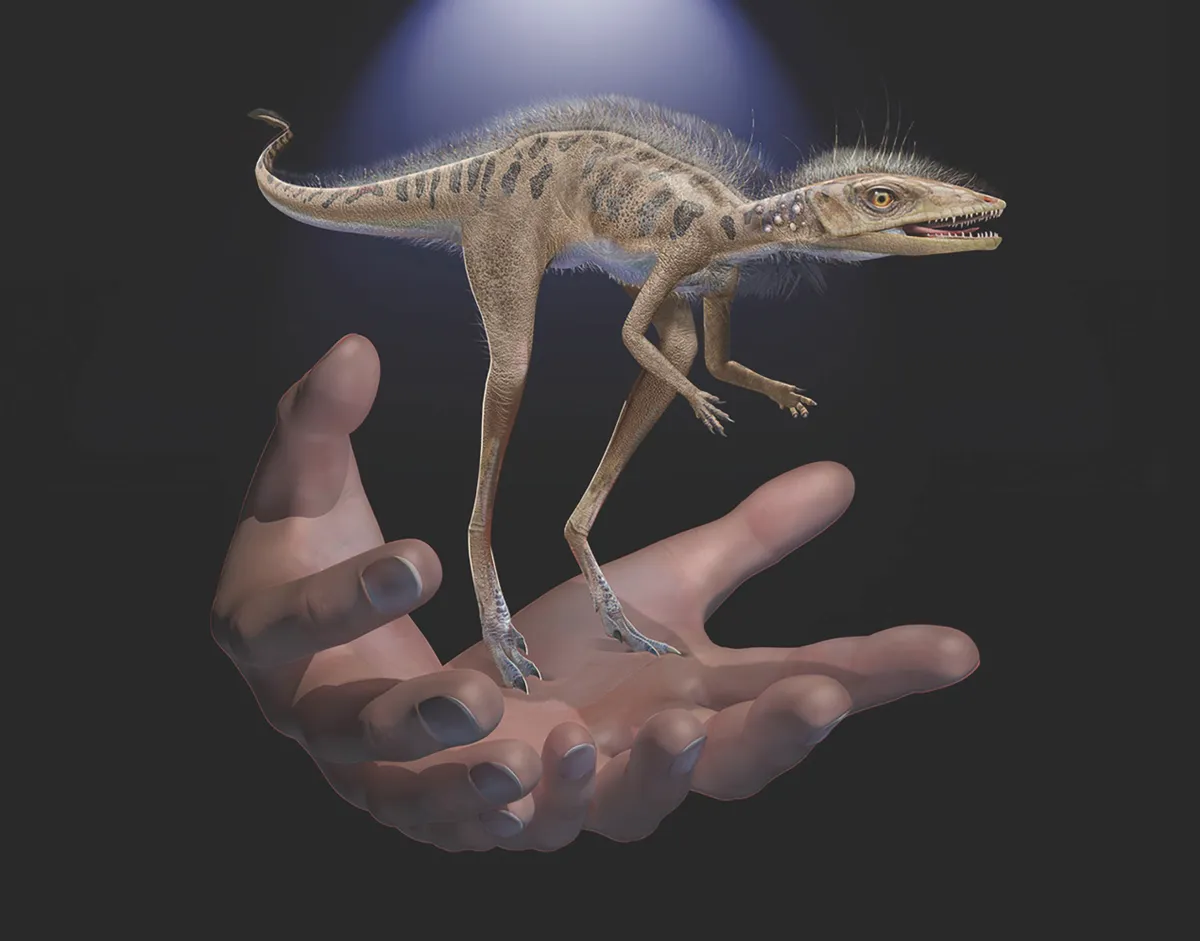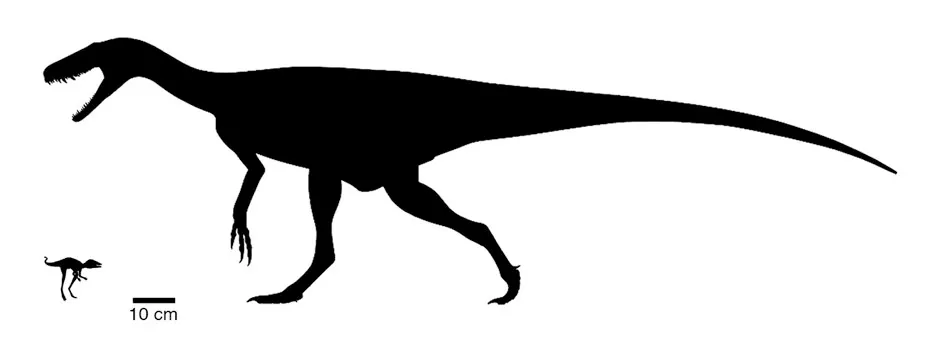Dinosaurs and flying pterosaurs are some of the largest animals that ever lived, but a newly described fossil from Madagascar suggests that their ancestors were surprisingly small.
The fossilised reptile, which lived around 237 million years ago, has been named Kongonaphon kely, or “tiny bug slayer” (derived from both ancient Greek and the Malagasy language of Madagascar). It stood only 10cm tall – about the size of a coffee cup.
Kongonaphon dates from the time in the Triassic period when the dinosaurs and pterosaurs, who both belong to an animal group called ‘Ornithodira’, branched into separate evolutionary paths.
Read more about dinosaur discoveries:
- Dromaeosaurid dinosaurs 'not only lived in the Arctic but thrived there'
- 200 million-year-old fossil shows dinosaur 'walked like a guineafowl'
- Asteroid impact ‘only plausible explanation’ for dinosaur extinction
“There's a general perception of dinosaurs as being giants,” said Dr Christian Kammerer, a palaeontology curator at the North Carolina Museum of Natural Sciences. “But this new animal is very close to the divergence of dinosaurs and pterosaurs, and it’s shockingly small.”
Few fossils exist from the time of this split, so it’s been difficult to pin down what the last common ancestors of the dinosaurs and pterosaurs would have looked like.

Now Kongonaphon provides evidence for what the researchers call a ‘miniaturisation event’: a sharp decrease in the ancestors’ body size, before the dinosaurs and pterosaurs eventually evolved to be much bigger.
Wear on the reptile’s teeth suggest that it ate insects, which may have helped it to survive by occupying a different niche to its mostly meat-eating relatives.

And its discovery may also help to explain the evolution of fuzz and feathers in dinosaurs and pterosaurs. It’s thought that Kongonaphon’s Triassic habitat would have been prone to sudden shifts in temperature between the days and nights. A growth of fuzzy down might have helped it to regulate the heat in its tiny body.
Reader Q&A: How did dinosaurs grow so big?
Asked by: Ronan Conway, Belfast
For many animals, there was an intrinsic selective pressure in favour of increasing body size. Since you must share your evolutionary niche with the other members of your species, being slightly larger than your peers helps you eat the higher leaves, catch bigger prey and defend a larger territory. Even more importantly, the larger you are, the safer you are from predators.
Over time, this selective pressure has caused many animal lineages to gradually increase in size. In 2009, scientists in South Africa reported evidence that dinosaurs became larger as they switched from walking on two legs to four.
But being large also means you need more food, can’t escape from natural disasters so easily and reproduce more slowly. As such the fossil record is littered with examples of animals that slowly increased in size before going abruptly extinct.
Read more: